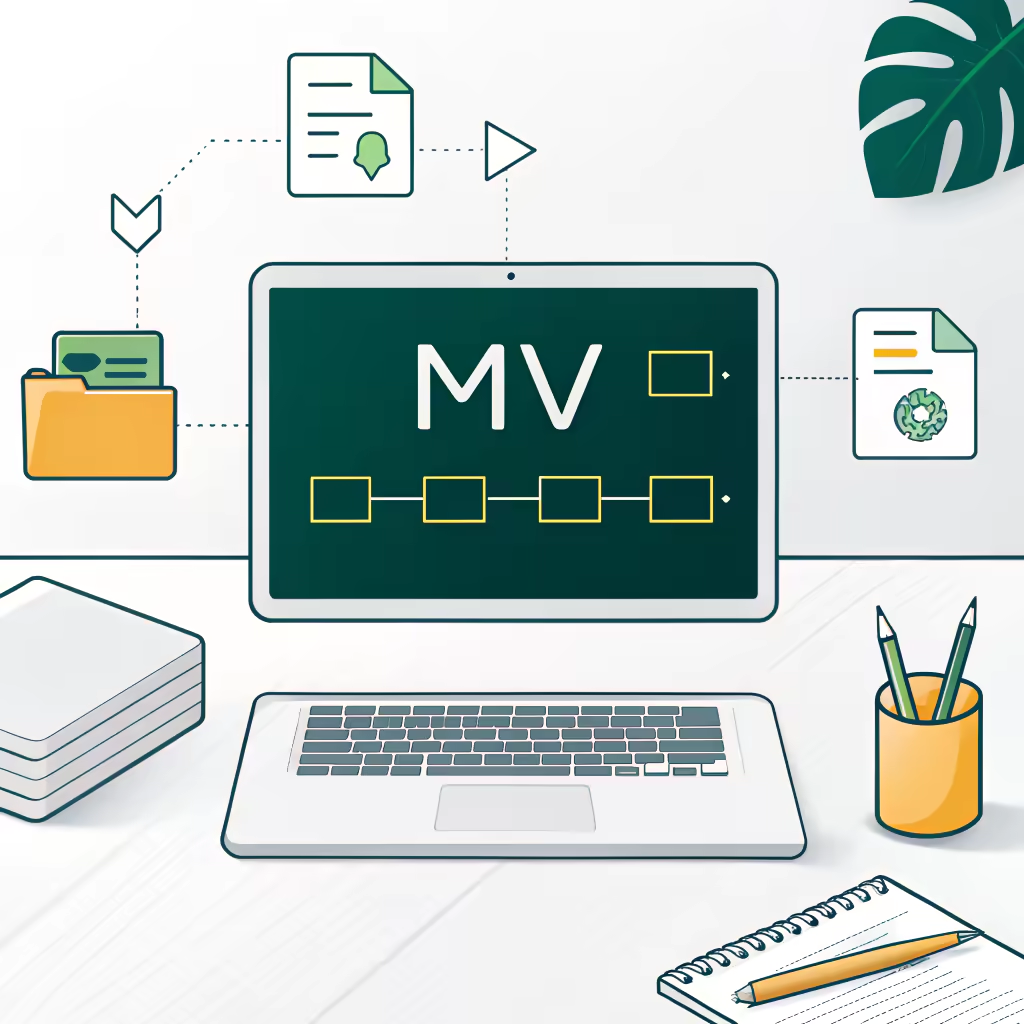
How to Use the mv Command in Linux
Understanding the mv Command in Linux
The mv command is a fundamental utility in Linux that allows users to move or rename files and directories. Its versatility makes it an essential tool for file management in the command line environment.
Basic Syntax
mv [OPTIONS] SOURCE TARGETHere, SOURCE can be a file or directory you want to move or rename, and TARGET is the destination path or new name.
Common Use Cases
1. Rename a File or Directory
To rename a file or directory when the target is not an existing directory, you can use:
mv path/to/source path/to/target2. Move a File or Directory Into an Existing Directory
If you wish to move a file or directory into an existing directory, the command is:
mv path/to/source path/to/existing_directory3. Move Multiple Files
To move multiple files into an existing directory while keeping their filenames unchanged, you can execute:
mv path/to/source1 path/to/source2 ... path/to/existing_directoryOptions for Advanced Usage
Overwrite Behavior
-
No Confirmation Before Overwriting: To move files without prompting for confirmation before overwriting existing files, use:
mv [-f|--force] path/to/source path/to/target -
Interactive Confirmation: If you want to be prompted for confirmation before overwriting existing files, use:
mv [-i|--interactive] path/to/source path/to/target -
No Overwriting: To prevent overwriting existing files, the command is:
mv [-n|--no-clobber] path/to/source path/to/target
Verbose Mode
To see what files are being moved in verbose mode, use:
mv [-v|--verbose] path/to/source path/to/targetTarget Directory Specification
To specify a target directory while using external tools, such as find, you can combine commands like this:
find /var/log -type f -name '*.log' -print0 | xargs -0 mv [-t|--target-directory] path/to/target_directoryConclusion
The mv command is a powerful tool for managing files and directories in Linux. Whether you’re renaming files, moving them between directories, or managing multiple files simultaneously, understanding its syntax and options can significantly enhance your productivity. For more detailed information, check out the official GNU documentation here. Happy file managing!